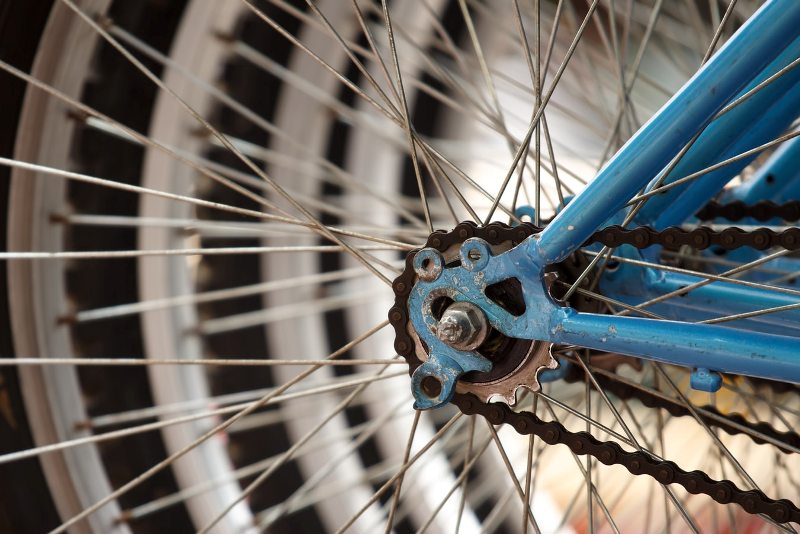KatJazz Festival set to return from April 22 to April 30
1 day ago
We are a team of professional management and journalists — one of the best in the Nepali media. Our duty toward our readers is to provide them with impartial news, bold views, in-depth analysis and thought-provoking commentary. We shall do this without fear or favor, and we shall be guided by nothing but our conscience.
Know More
3 days ago

12 days ago

Picture Courtesy: pixabay.com
Whether you ride a mountain bike, a road bike or a commuter bike – in fact, pretty much any bike – you’ll have gears. They are the mechanical wonders that will allow you to accelerate to the wind-whistling speed along flat smooth roads, or power your way up to a steep rocky climb without bursting a lung.
Learn how to use your bike gears, and you’ll be rewarded with a smooth, fast, and fun ride. These top tips will get you up to speed in no time.
Practice
You’ll be using your bike gears a lot, and the chances are you’ll get plenty of practice in as you ride anyway, but if you’re new to cycling, have just got a new bike or changed bike, then spend some time getting used to how the gears change.
Ride up a down a fairly quiet road or path and practice shifting up and down the gears, both front and back, until you can change gear almost instinctively. It will help you on those moments halfway up a climb when you realize you’re in too hard a gear and need to shift quickly!
Right = Rear, Left = Front
Most bikes will have two sets of gear cogs. The front set, known as the chainrings, will give you big changes in gear. The front derailleur that shifts the chain between these chainrings is controlled by the left gear lever (or shifter).
The rear cogs (or sprockets) together form the cassette, and the derailleur that shifts the chain up and down these are controlled by the right shifter.
 Picture Courtesy: unsplash.com
Picture Courtesy: unsplash.com
Don’t cross the chain!
It’s really tempting to stay on one chainring, and just shift the gears at the back. That’s mostly fine, except for one thing. You really need to avoid using the opposite extreme ends of the gears. So, for example, don’t use the smallest cogs on the back and the front, or the largest cogs on the back and the front. This pulls the chain between them at an angle, which can cause it to stretch and deform.
It’s not a problem immediately (though it can make a racket), but over time it can wear out both your chain and gears, leading to costly repairs.
Anticipate the hill
When you are approaching a hill, get ready to start shifting down the gears as soon as the hill starts. That way, you won’t be caught in too hard a gear halfway up, unable to pedal, which means you might have to get off and walk.
It’s much easier to get up hills, particularly long or steep ones if you shift to the easiest gear and spin your legs. Shifting to the right gear at the right time for you will take a bit of practice, so it’s better to go to too easy a gear then shift up than the other way round.
If you do find yourself in too hard a gear on a climb, try and ride sideways across the slope and change gear. If the chain is under a lot of pressure, like when you are pedaling up a hill, it can’t shift properly. Riding something flatter even temporarily will hopefully relieve the pressure enough to allow you to get to an easier gear.
Left = big changes, Right = fine-tuning
If you’ve got a hill coming up, it’s quicker to shift down using the left shifter, which will shift the front gears, rather than the right which controls the rear gears. This will take you to an easier gear, and then you can fine-tune using the rear gears.
Don’t shift too quickly
If you are accelerating down a hill or on the flat, it’s tempting to shift up to a higher gear as quickly as possible. On some bikes, this can cause the chain to jump off the gears completely, which means you’ll have to stop and put it back on, which usually means greasy black fingers. Shift gradually, making sure the chain has engaged with each new gear before moving onto the next one. Different gear systems will respond differently to get to know how sensitive your bike is to this.
(Compiled)

- by Republica

- by Republica


Leave A Comment